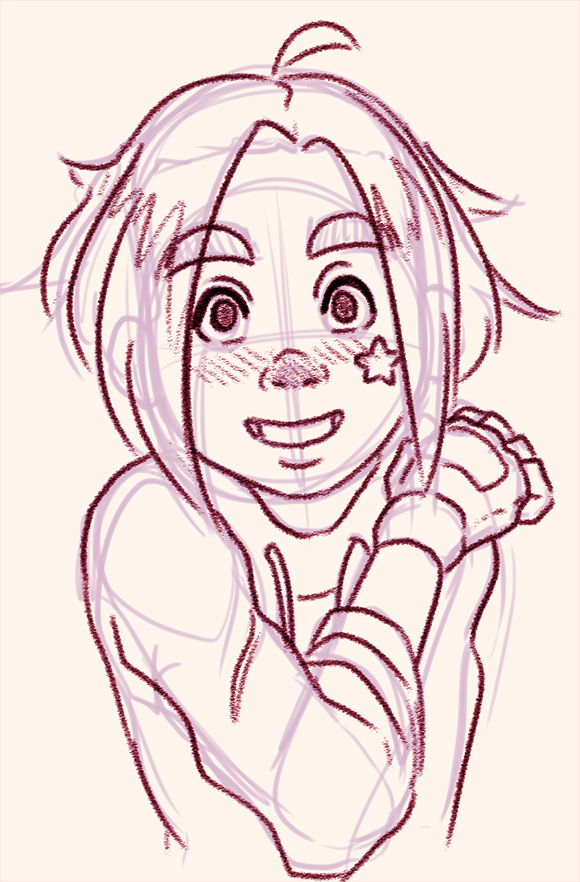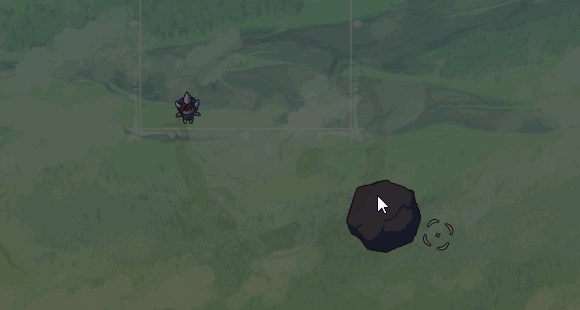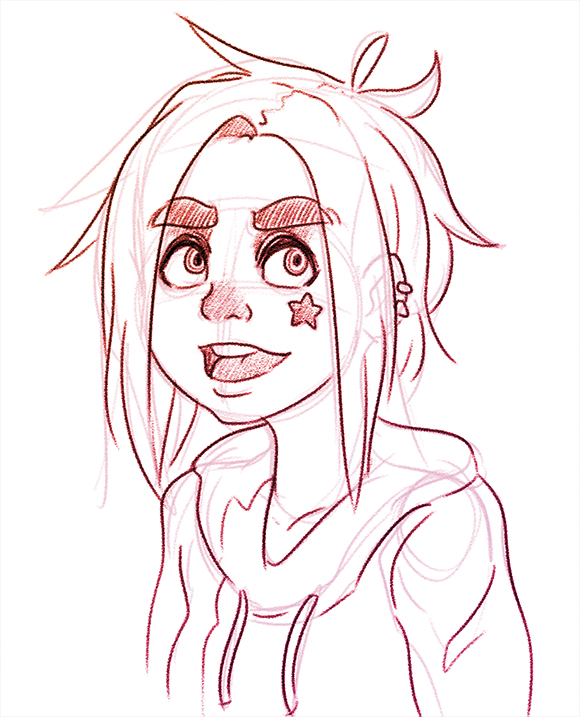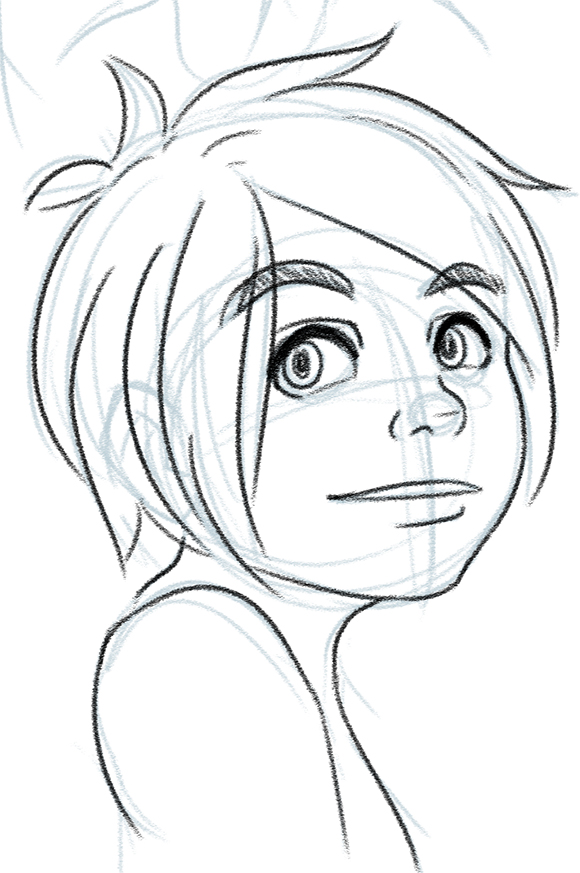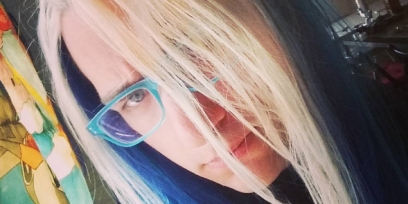Dev Log: Menus
I've been a little bit in a heads down mode over the past couple days while working on my video game. I've been posting some updates over on my Twitter in the form of little screenshots and animated gifs, but haven't really written about anything in awhile!
One of the big hurdles to overcome to get this game into a real, actual playable state is making a good menu system. The game is going to be relying a lot on menus for the player to build things in the world, change their equipment, check their status, and who knows what else. I tried looking into some menu frameworks, but I've fallen back onto just making my own menu classes and hard coding everything.
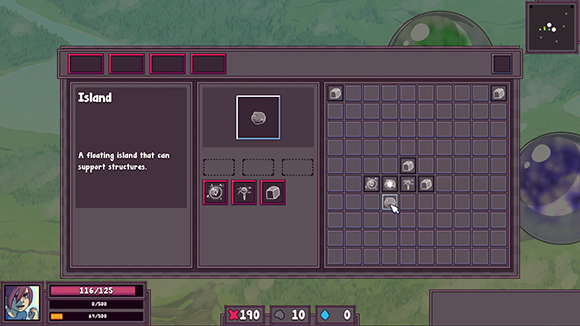
Everything you see here is just made up of two classes: Menu, and MenuButton. Menu can have a list of child Menus, and a list of MenuButtons. MenuButtons have callbacks and such for when they are clicked, rolled over, rolled off, and other handy things. Since everything in this game is controlled by a cursor of some sort, the menu's are a little bit easier to design. Also for now all I have to worry about are buttons. I haven't gone down the path of text input or scroll bars or selection lists, so for now just two little classes will suffice.
Almost all the art in the menus are also made up of NineSlice graphic objects in Otter. NineSlice panels make it really easy to design UI, since the same texture can be used for any size panel. For more info on how NineSlices work, check this out.
That's it for now. Hoping to get a nice logo and officially say what the name of this game is soon (although I've been tagging these posts with the name of it for a few weeks now I think.)
One of the big hurdles to overcome to get this game into a real, actual playable state is making a good menu system. The game is going to be relying a lot on menus for the player to build things in the world, change their equipment, check their status, and who knows what else. I tried looking into some menu frameworks, but I've fallen back onto just making my own menu classes and hard coding everything.

Everything you see here is just made up of two classes: Menu, and MenuButton. Menu can have a list of child Menus, and a list of MenuButtons. MenuButtons have callbacks and such for when they are clicked, rolled over, rolled off, and other handy things. Since everything in this game is controlled by a cursor of some sort, the menu's are a little bit easier to design. Also for now all I have to worry about are buttons. I haven't gone down the path of text input or scroll bars or selection lists, so for now just two little classes will suffice.
Almost all the art in the menus are also made up of NineSlice graphic objects in Otter. NineSlice panels make it really easy to design UI, since the same texture can be used for any size panel. For more info on how NineSlices work, check this out.
That's it for now. Hoping to get a nice logo and officially say what the name of this game is soon (although I've been tagging these posts with the name of it for a few weeks now I think.)
No Comments








